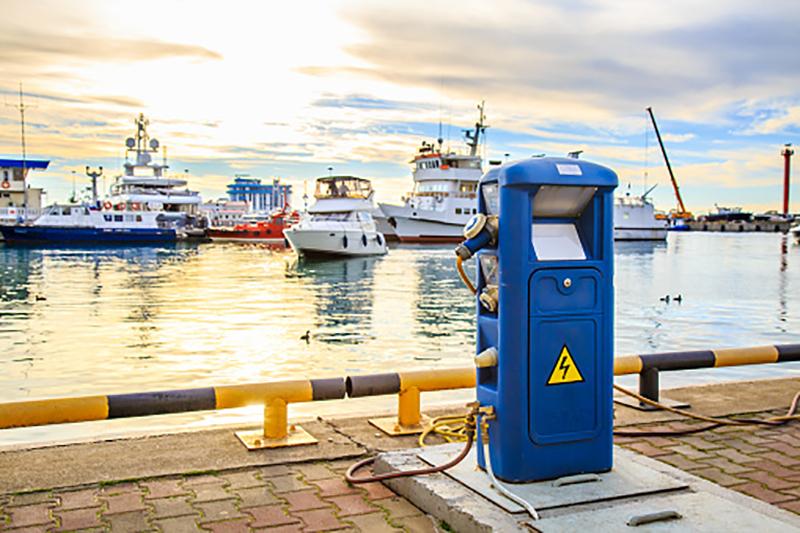Battery recipe adds pinch of salt
Molten carbonate salts are one of the key ingredients of an iron-air battery that could extend the range of electric vehicles (EV) and ships, while being fully recyclable, sustainable, low-cost and safe, say scientists at the University of Nottingham, UK.

The battery developed in collaboration with six scientific research institutes across China, uses a quasi-solid-state electrolyte prepared by mixing molten carbonate salts and the powder of an oxide-ion conducting ceramic, known as yttria stabilised zirconia, widely used in fuel cells.
‘All batteries have a component material called electrolyte. All electrolytes are conducting to electric current via movement of ions (but not electrons) driven by the voltage between the positive and negative electrodes in the battery,’ says George Chen, Professor of Electrochemical Technologies at the University of Nottingham.
He explains that salts such as washing soda, sodium carbonate and table salt, i.e. sodium chloride, can provide ions when they are molten or dissolved in a solvent such as water or organic carbonates.
‘A battery can use an electrolyte of either a molten salt or the liquid solution of a salt dissolved in a solvent. The former is more conducting to current, easy to prepare and cheaper, and works at high temperatures (400˚C-800˚C) so that the battery chemistry can proceed faster – more powerful – and more reversible (more efficient).’
In comparison, Chen says, the electrolytes used in lithium-ion batteries are solutions of lithium salts dissolved in organic solvents, which are expensive, flammable and less conducting to current.
‘Our molten-salt battery offers an energy capacity comparable to that of lithium-ion battery, but higher power capability and longer service life,’ he notes.
‘[We] used very common and widely available materials (iron and sodium carbonate, i.e., washing soda) that are much cheaper than their counterparts in lithium-ion battery (lithium, cobalt, lithium salt and organic carbonate solvents), [which make] our salt batteries even more attractive…because almost all materials used are non-toxic and readily recyclable.’
He adds, ‘In previous work, we worked with a salt battery in which the molten salt was a liquid which may leak and be corrosive to the surroundings. This potential problem has been solved by replacing the liquid molten salt with the quasi-solid state or paste-like mixture of salt and ceramic without compromising the performance.’
The device is modular in nature. The scientists say it can be scaled up readily and has several prospective medium- and large-scale applications because of its low cost, long service life and high performance. In addition to EVs, Chen explains that it could be the power source for electric ships and urban trains, solar and wind energy storage, and grid power load levelling.
The team is now looking for engineering partners to pilot test and demonstrate the technology on a commercial scale.







